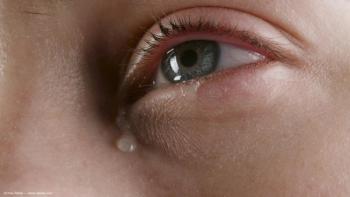
Glaucoma-understanding, treatments have evolved over time
The origin of the term glaucoma is disputed. Its meaning through antiquity is also poorly understood. Today there are an increasing number of medications. But as yet we are still in the Dark Ages insofar as the cause of this visually disabling disorder.
Key Points
The authors who described it early on talked about it as a disorder that imparted a green or blue-green color to the pupil, and this idea persisted for centuries. Later, in the writings of the Greeks, a distinction between curable amaurosis with a normal-appearing eye and blindness in an abnormal-looking eye started to appear. It was these eyes that were referred to as having glaucoma.
Innovations
The invention of the ophthalmoscope by Hermann Helmholtz (1821-1894) in 1851, the subsequent appreciation of the damage to the optic nerve that resulted from increased IOP that was first seen by Albrecht von Graefe (1828-1870), and von Graefe's description in 1857 that an iridectomy could be curative in many of these cases would further the understanding of glaucoma at the time.
There were several great innovations along the way to treat glaucoma. In 1875, Ludwig Laquer (1839-1909) first described the use of physo stig mine for the treatment of his own glaucoma. Pressure was first measured by Sir William Bowman in his description of digital pressures counting the elevation as 1-4.
Today, we continue with an increasing number of medications and have some 18 different glaucoma medicines that can be used. In addition, we have a variety of surgical procedures, including the use of lasers. Each of these modalities are helpful in our treatment of the pressure findings in glaucoma, but as yet we are still in the Dark Ages insofar as the cause of this visually disabling disorder.
Norman B. Medow, MD, FACS, is director of pediatric ophthalmology at Manhattan Eye, Ear & Throat Hospital and chairman of the Museum of Vision at the Foundation of the American Academy of Ophthalmology.
Newsletter
Don’t miss out—get Ophthalmology Times updates on the latest clinical advancements and expert interviews, straight to your inbox.










































